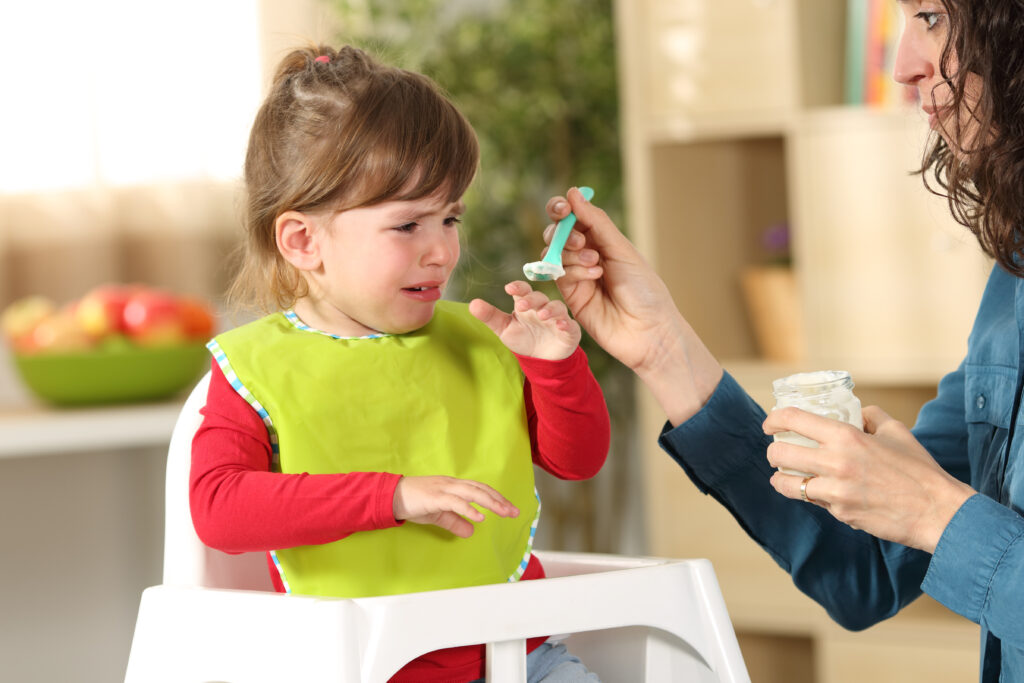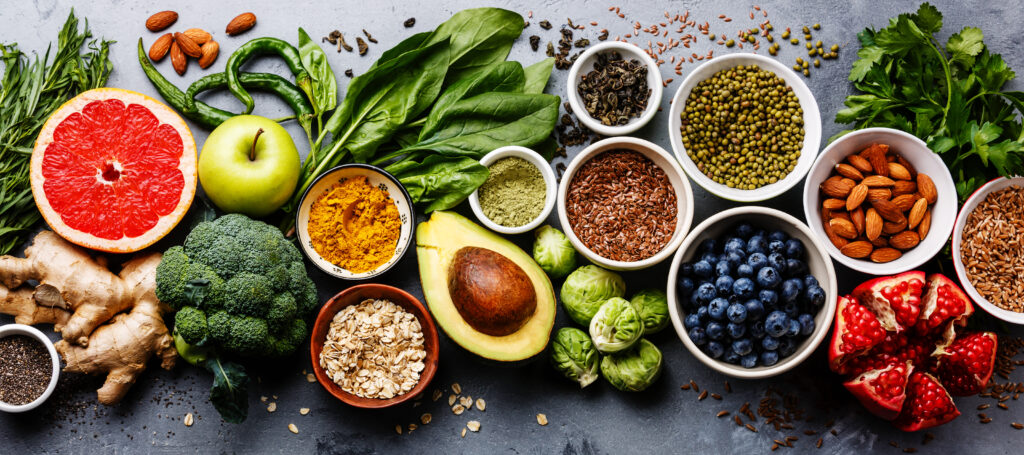Following a 2 – 6 week low lactose diet to treat lactose intolerance, your child should now be well on their way to recovery from symptoms. Reintroducing lactose back into the diet in a controlled way is the next step. Starting with low lactose foods, then adding in medium and, once you’re satisfied all is being tolerated, finally adding in high lactose-containing foods. Use the guidance below on lactose content of dairy foods to assist you, taking about 2-4 weeks, gradually increasing, will do several things:
- stimulate production of lactase, the small intestinal digestive enzyme that digests lactose
- help establish and then increase the amount of dietary lactose that is tolerated
- assist in the build up and return of normal lactase production in the small intestine
Re-establishing tolerance to lactose
Re-establishing tolerance to lactose varies from child-to-child, depending on age, habitual diet and degree of severity. Because infants and young children are more dependent on a high milk diet, the lactase enzyme returns more readily and lactose intolerance is usually temporary. Resumption of a normal diet is somewhere between 2-6 weeks for most infants and children. Referred to as secondary lactose intolerance this is often the result of nasty gut bugs like rotavirus, or can be secondary to small intestinal damage caused by untreated cow’s milk protein allergy or coeliac disease. Individuals including older children and teens may develop primary lactose intolerance or a permanent reduction in lactase enzyme, more typically affecting non-caucasian children and those with a habitually low milk/no milk intake following a similar route via infection of small intestinal irritation. Amounts of 2 – 4g lactose per day are usually well tolerated despite the lack of lactase enzyme. Instead lactose is digested by the lactobacillus bacteria, naturally residing in the large intestine.
Other points worth noting about lactose intolerance and reintroduction
- lactase enzyme production returns with exposure to lactose from the diet
- lactose reintroduction can be tried again and again every 2-4 weeks, depending on response
- lactose itself does not cause damage to the small intestine
- a tolerance threshold may be reached at a certain level of lactose intake
- tolerance may be improved by spreading lactose intake over the day, or eating with other foods
- the difference between lactose intolerance and cow’s milk allergy
- the nutritional composition of milk alternatives
Special care with infants
Formula fed babies with lactose intolerance, need a lactose free formula. Lactose intolerance may also occur in breast-fed babies but is less common; only in very rare congenital primary lactase deficiency would there be a need to stop breast feeding and use a lactose free formula. What is important, is to correctly identify if cow’s milk allergy are the cause of the symptoms, to ensure that infants get the right dietary treatment. Products in the shops vary enormously in nutritional composition, and are not suitable to drink because of poor nutritional quality.
Lactose content of dairy foods
| Very Low Lactose
< 2g per portion |
Medium Lactose
2-4g per portion |
High Lactose
4-6g per portion |
| The foods in this group contain very low amounts of lactose and are tolerated by most people with lactose intolerance. If consuming these foods does not give any symptoms, try medium lactose foods per portion. | Continue to introduce lactose containing foods, including foods with medium lactose. If symptoms return, go back to the previous tolerated stage for 2 weeks and try again. | In addition to very low and medium lactose content foods, continue to introduce lactose-containing foods, including one portion from the high lactose category. |
| Cheese 1oz |
| Most hard cheeses have very small amounts of lactose and are unusually well tolerated. Eg. cheddar, red leicester, caerphilly, stilton, parmasan | Cheese spread, cottage cheese, soft cheeses eg. ricotta, marscapone, dolchelate | Cheese spread, quark
|
| Yoghurts & fromage-frais 60g | 125g | Larger portion |
| Greek yoghurt, Goat’s yogurt, all yoghurts and fromage-frais | Yoghurts and fromage-frais, Low fat fruit yoghurts, Organic whole milk yoghurt | Natural whole or fruit yoghurt, Low fat natural yoghurt, Diet/low calorie yoghurts |
| Dairy desserts & creams 2oz | 4 – 6oz | Larger portion |
| Half fat cream, Single, Double, Whipping, Clotted cream, UHT Spray Cream, Fresh Cheese Cake | 1 scoop ice cream, Frozen cheesecake, Trifle with cream, 1 chocolate mousse | 2 scoops ice cream, 10mls Angel Delight, 150g tinned rice pudding, 100mls Custard |
| Hidden milk | ||
| 1 x small slice cake, 4 chocolate digestives, 1 chocolate coated biscuit eg. 2 finger kit-kat, 100g egg custard tart | 1 milk chocolate bar, 125mls whole milk, 70mls evaporated milk, 1 tblsp skimmed milk powder, 40mls condensed milk | |







